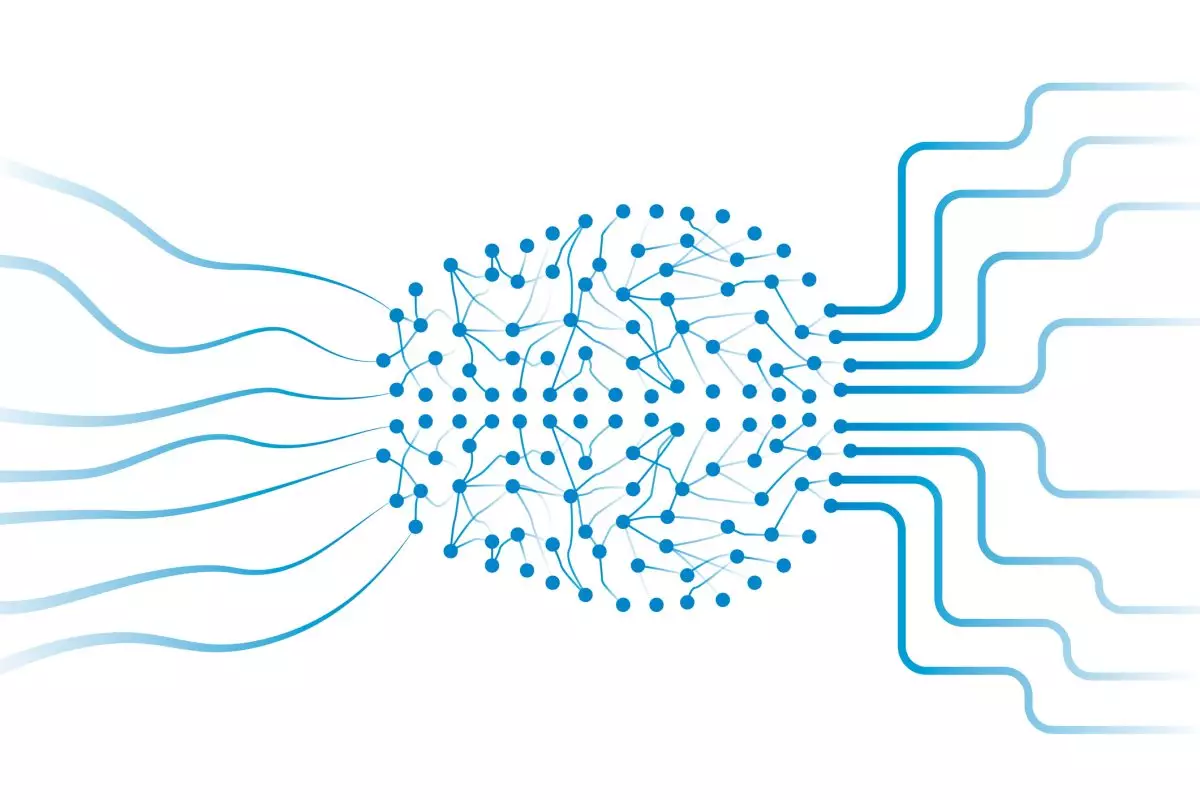As artificial intelligence continues to proliferate across various sectors, a significant divide has emerged between open-source initiatives and proprietary endeavors led by major companies. While tech giants possess substantial computational resources, the disparity in access to methodologies and algorithms raises questions about equity and collaboration in the AI field. Numerous developers and researchers have increasingly acknowledged that open-source models can level the playing field; however, transforming these models into practical applications remains a complex and often exclusive endeavor due to the intricacies involved in post-training processes.
AI models, particularly those classified as “foundation” models, undergo a pre-training phase where they assimilate vast amounts of data. While this stage is undeniably crucial, it alone does not equip these models to handle specific tasks effectively. The subsequent post-training process holds the potential for genuine innovation and adaptation, transforming a model from a generalized repository of information into a tool capable of providing precise, relevant, and useful outputs. Unfortunately, many organizations compartmentalize their post-training methodologies as trade secrets, leaving open-source developers at a disadvantage when attempting to leverage similar capabilities.
AI2, formerly the Allen Institute for AI, epitomizes a new wave of commitment towards transparency within the AI ecosystem. Recognizing the potential inherent in community-driven AI development, AI2 has set its sights on not only creating high-caliber models but also demystifying the processes behind their training and optimization. Their recent efforts focus on addressing the inadequacies of existing models while fostering an inclusive development environment.
At the heart of AI2’s initiatives is the belief that for the open-source community to compete with elite private corporations, it is not enough simply to develop models; contributors must also share comprehensive insights on data collection, curation, and the entire training pipeline. One crucial criticism levied against other ostensibly “open” AI projects is their lack of transparency regarding the sources and methodologies utilized to refine base models. Consequently, AI2 aims to establish a model of exchange that emphasizes collaboration and accessibility.
At the forefront of AI2’s commitment to democratizing AI is Tulu 3, a significant escalation from its predecessor, Tulu 2. Created after extensive exploration and refinement, Tulu 3 showcases how open-source tools can rival the capabilities of leading proprietary models. Researchers have tested the model rigorously, achieving scores that align with well-established industry standards.
Tulu 3 provides a structured methodology for post-training, allowing developers to customize models according to their specific needs. Whether emphasizing particular skills—such as math or coding—over a broader multilingual understanding, Tulu 3 offers flexibility that appeals to a diverse set of users. The process incorporates an elaborate sequence of data curation, reinforcement learning, fine-tuning, and meta-parameter adjustments, transforming the initial pre-trained model into a focused computational tool.
One of the largest hurdles faced by the open-source AI community is the technical challenge of operating language models. While anyone may download a model, few possess the requisite expertise to execute effective post-training independently. This scarcity of knowledge not only limits innovation but also stifles the potential for new contributions from diverse developers. AI2 is dedicated to reversing this trend, empowering more developers to harness the full capabilities of AI without relying on costly proprietary resources or intermediaries.
Developers looking to harness AI for sensitive applications, such as healthcare or legal research, are particularly vulnerable to the risks posed by using third-party services. Utilizing an in-house solution offers an increased level of security and autonomy, allowing organizations to retain control over their datasets. AI2’s approach represents a holistic alternative, providing stakeholders with a “soup-to-nuts” methodology that mitigates risks associated with external models.
With AI2’s Tulu 3 emerging as a beacon of ingenuity and transparency in the field of artificial intelligence, the future of open-source AI looks promising. By facilitating widespread access to robust tools and methodologies, AI2 is effectively bridging the gap between large corporations and the open-source community. As organizations and developers join forces, the potential to create meaningful advancements grows exponentially, fostering a more equitable landscape in AI innovation. In doing so, AI2 not only champions the spirit of collaboration but also positions open-source AI as a formidable player in the rapidly evolving technological arena.

